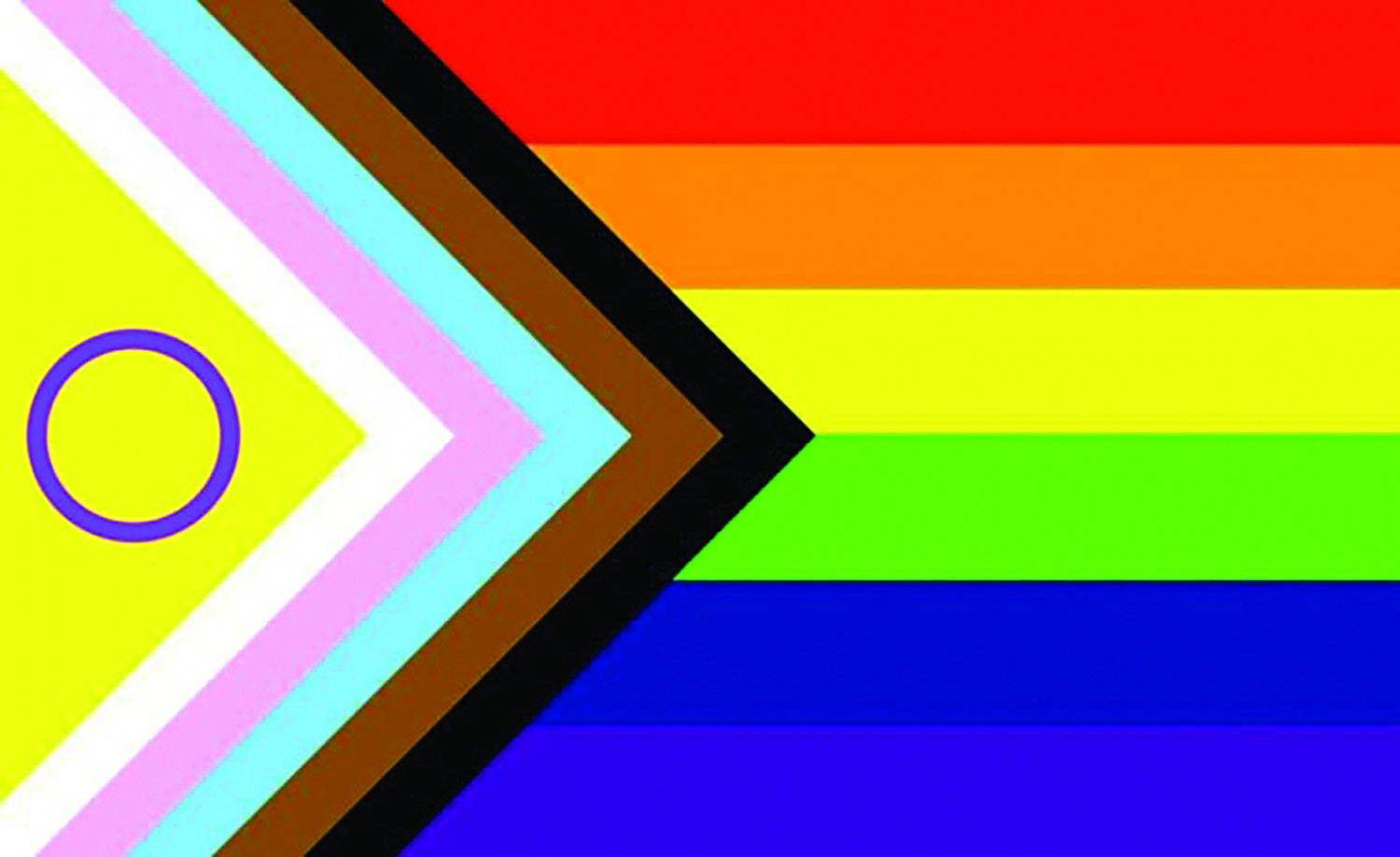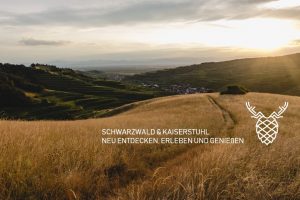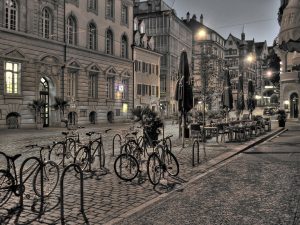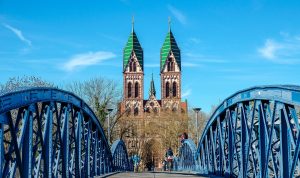 To get a sense of what the lgbtqia+ culture is like in Europe and to keep up to date with country policies you can make use of different lgbtq+ organizations out there, like the International Gay and Lesbian Travel Association and the International Lesbian, Gay, Bisexual, Trans, and Intersex Association. In terms of European lgbtqia+ rights organizations, Rainbow Europe and TGEU: Transgender Europe are worth getting to know as well.
To get a sense of what the lgbtqia+ culture is like in Europe and to keep up to date with country policies you can make use of different lgbtq+ organizations out there, like the International Gay and Lesbian Travel Association and the International Lesbian, Gay, Bisexual, Trans, and Intersex Association. In terms of European lgbtqia+ rights organizations, Rainbow Europe and TGEU: Transgender Europe are worth getting to know as well.
In queer-friendly destination cities like London, Amsterdam, Madrid, Stockholm, Barcelona, and Paris, lgbtqia+ culture isn’t radically different from each other. And will be similar to what you will find here in Berlin (numerous bars, hotels, restaurants and shops specificially catering to the lgbtqia+ community). Usually, these differences vary based on the country’s or region’s cultural nuances.
It is obviously important to note that Europe has homophobic and transphobic attitudes in all its regions. These are often found in more rural parts of the respective country. At the same time, cities are not immune to hate either. What applies here is the same advice we already gave you for Berlin, which is to be aware of your surroundings and carefully negotiate each setting and „test the waters“ to ensure safety.
Eastern Europe for instance does not have a very great track record for lgbtqia+ rights. Obvisouly it is up to you where you want to travel to, but as a general rule, the further east you travel in Europe, the more careful you need to be about public displays of your sexuality. This is primarily due to the reason that Eastern Europe is more socially conservative.
The European Region of the International Lesbian, Gay, Bisexual, Trans and Intersex Association (ILGA) produces a very helpful “Rainbow Europe” guide to the legal positions of Europe’s states. All in all Europe is becoming more and more lgbtqia+ friendly!






